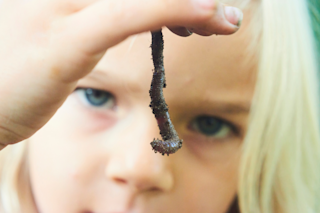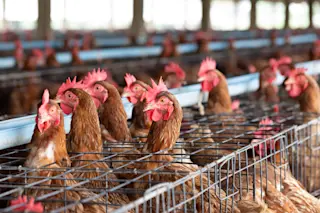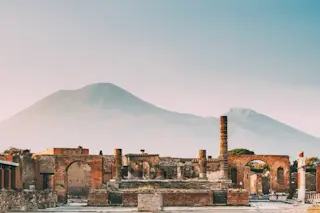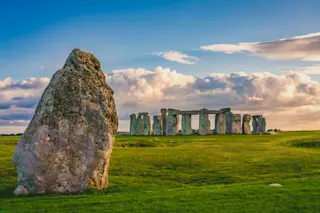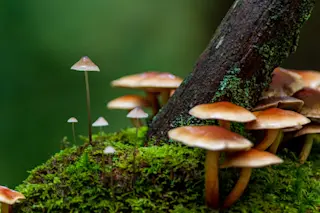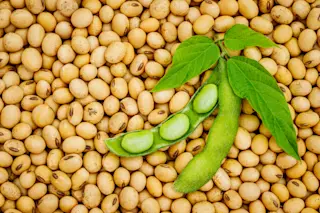The cacao tree, once native to the equatorial American forest, has some exotic habits for a plant. Slender and shrubby, cacao has adapted to the shifting shadows of the understory and the life of an underling close to the damp, leaf-littered forest floor. Its large, glum leaves droop down, away from the sun. Cacao doesn't flower, as most plants do, at the tips of its outer and uppermost branches. Instead, its sweet white buds hang from the trunk and along a few fat branches, popping out of patches of bark called cushions, which form where leaves drop off. They're tiny, these flowers. Yet once pollinated by midges, no-see-ums that flit in the leafy detritus below, they'll make pulp-filled pods almost the size of rugby balls. The big, colorful, exuberant pods flop around the tree's trunk and dangle from its branches in a shameless display of ripeness—low-hanging fruit for forest animals ...
Endangered Chocolate
The botanical battle to save an ancient flavor
More on Discover
Stay Curious
SubscribeTo The Magazine
Save up to 40% off the cover price when you subscribe to Discover magazine.
Subscribe


